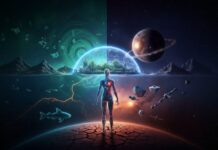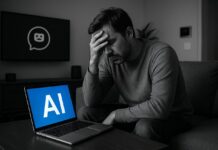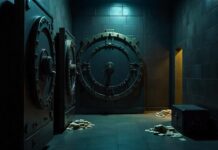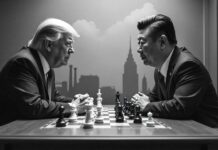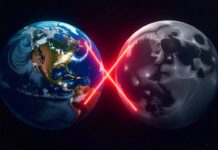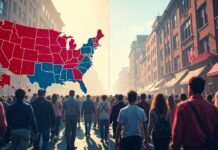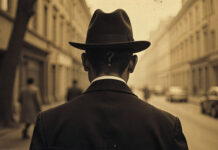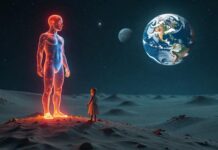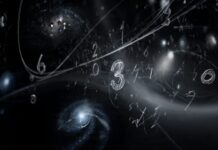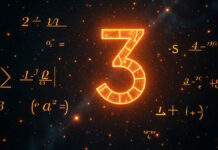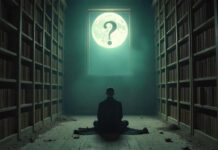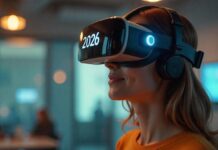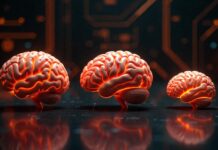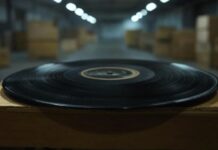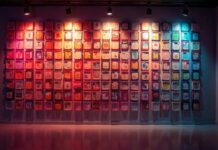
Nowadays, everyone has heard of Nikola Tesla. Many view him as a genius who changed the world with groundbreaking inventions.
Nonetheless, some people actually question some of his claims and ideas.
We all know that his innovations, such as alternating current and wireless communication, overwhelmingly set the stage for modern technology.
However, his unorthodox views and personal rivalries led to significant controversies that have persisted over the years.
His eccentric behavior and ambitious visions resulted in many disputed claims, and some people actually believed he was crazy.
So, join us in this article as we will share some very intriguing aspects of Tesla’s life and work.
From his rivalries with other inventors to his personal life, Tesla’s story is really layered with many interesting and controversial facts.
And understanding these controversial facts really helps paint a fuller picture of a man whose ideas and inventions changed the world.
Feuds and Conflicts
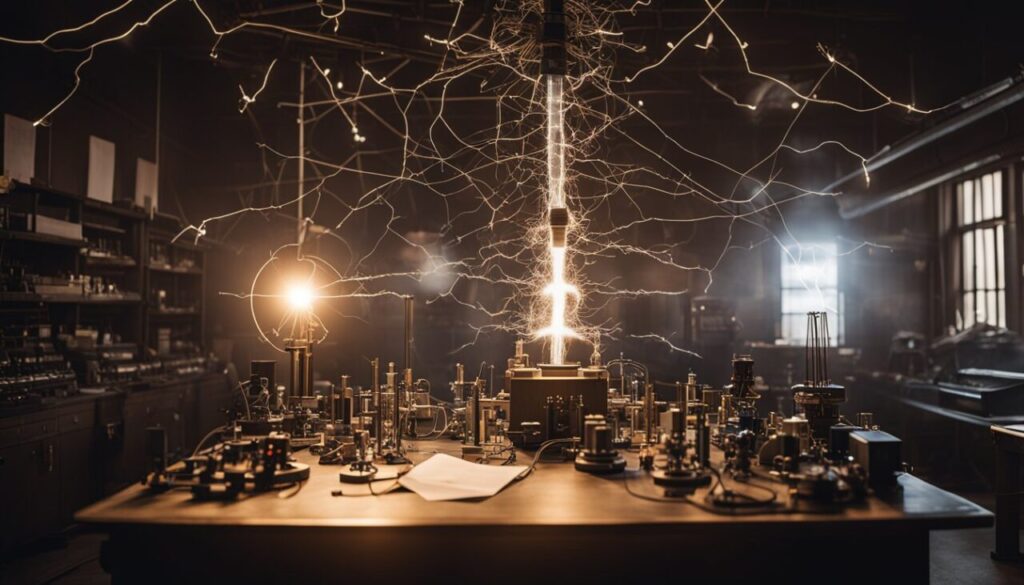
Nikola Tesla experienced several big disagreements and feuds during his career. These conflicts often revolved around ideas, inventions, and financial interests.
So, let’s explore some of those starting with the most famous one.
Rivalry with Thomas Edison
Tesla worked for Thomas Edison early in his career. They had a strong disagreement over electrical systems. Edison supported direct current (DC), while Tesla believed in alternating current (AC).
Tesla felt that Edison’s work was limited and outdated so he left Edison’s company after only a few months due to unpaid promises.
Their rivalry intensified as AC technology began to prove superior.
Tesla’s AC system ultimately won the “War of Currents,” leading to widespread adoption in power distribution.
One of the more bizarre and dark aspects of this rivalry was Edison’s campaign to discredit AC power. To prove its dangers, Edison orchestrated public demonstrations where he electrocuted animals, including dogs and even an elephant, using AC power.
He aimed to show that AC was too dangerous for public use. This campaign even led to the invention of the electric chair, which was designed to use AC to emphasize its lethal potential.
Interesting fact: Tesla's AC system powered the first long-distance electrical transmission from Niagara Falls to Buffalo, New York.
Dispute with Guglielmo Marconi
Tesla’s rivalry with Guglielmo Marconi centers on radio technology. Both claimed to have invented radio transmission, leading to a legal battle.
Tesla’s work predated Marconi’s by several years, as he held various patents related to radio waves.
In 1909, Marconi received the Nobel Prize in Physics for radio development. Tesla felt overlooked, claiming Marconi used his ideas without acknowledgment.
Additionally, Nikola Tesla once speculated that Guglielmo Marconi’s radio transmissions could be tapping into extraterrestrial communications, suggesting that Marconi might be receiving signals from Mars.
This somehow weird belief highlights Tesla’s deep fascination with the possibility of alien life and interplanetary communication.
Interesting Fact: The U.S. Supreme Court recognized Tesla's patents in 1943, affirming his role as a key figure in the invention of radio.
Conflicts with JP Morgan

JP Morgan, a powerful financier, played a role in Tesla’s ambitious plans for wireless energy. He funded Tesla’s Wardenclyffe Tower project, which aimed to provide free, wireless electricity. However, Morgan withdrew support when he realized Tesla’s ideas might not generate a profit.
This financial conflict led to the project’s decline. Despite potential breakthroughs in wireless energy, the funding disruption halted progress.
Tesla’s relationship with Morgan reflected the struggle between innovation and financial interests.
Interesting Fact: The Wardenclyffe Tower was eventually dismantled in 1917, marking the end of Tesla’s dream of free, wireless energy.
Personal Life
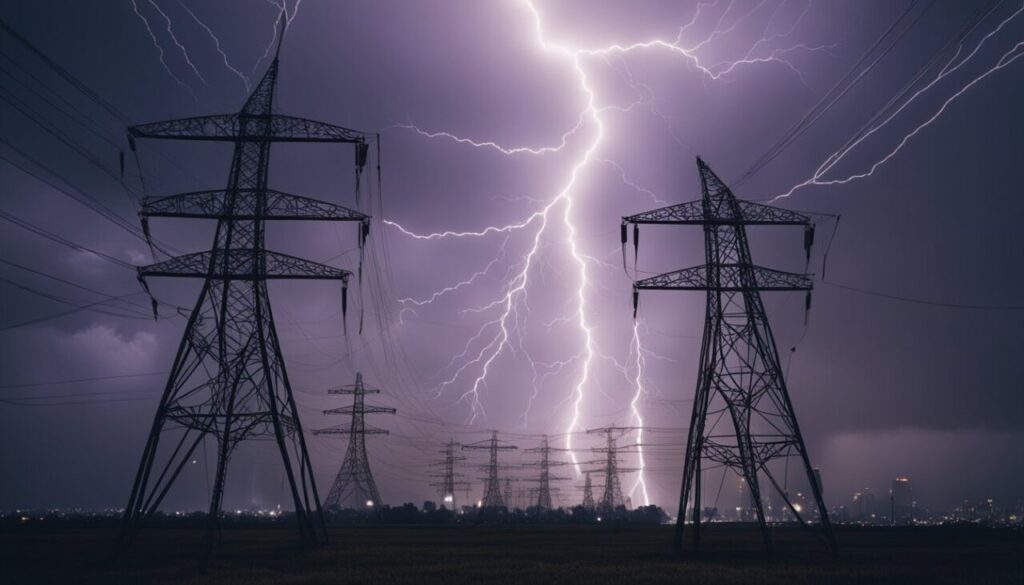
Nikola Tesla’s personal life was marked by eccentric behaviors, unique relationships, and distinct work habits.
These elements contributed to his complicated personality and exceptional contributions to science and technology.
Eccentric Behaviors
Tesla exhibited many peculiar habits. Interestingly enough, he had a strong aversion to round objects and preferred working only with square shapes.
Additionally, each day, he followed a strict routine, including the same meal every day—milk and toast.
He was also known for his extreme cleanliness. Tesla would avoid touching his hands to anything that wasn’t perfectly clean and often refused to shake hands with others.
Besides that, he had an unusual sleep pattern. Instead of the typical eight hours, he only needed about two hours of sleep each night.
Interesting Fact: Tesla claimed to have “visions” that helped him invent his groundbreaking technologies.
Unconventional Relationships

Tesla’s relationships were unconventional and often complicated. He never married and had few close friends.
He basically believed that romantic relationships would distract him from his work.
However, he shared a deep bond with a pigeon. He often visited the park to feed and care for birds, especially one specific pigeon that he claimed to love.
Tesla said this pigeon would visit him regularly and was the only being he felt a strong connection with.
Interesting Fact: Tesla once stated that he believed he could communicate with the pigeon telepathically.
Unique Work Habits
Tesla had distinct work habits that made him stand out. He disliked working in teams and preferred solitary environments.
Much of his work took place late at night, where he enjoyed the quiet.
He was also known to work for days without breaks. Tesla relied heavily on his mind for calculations, often refusing to write things down.
Additionally, he believed that visualization was key to his inventions.
Interesting Fact: Tesla claimed to have invented many of his devices in his imagination before making them a reality.
Financial Struggles
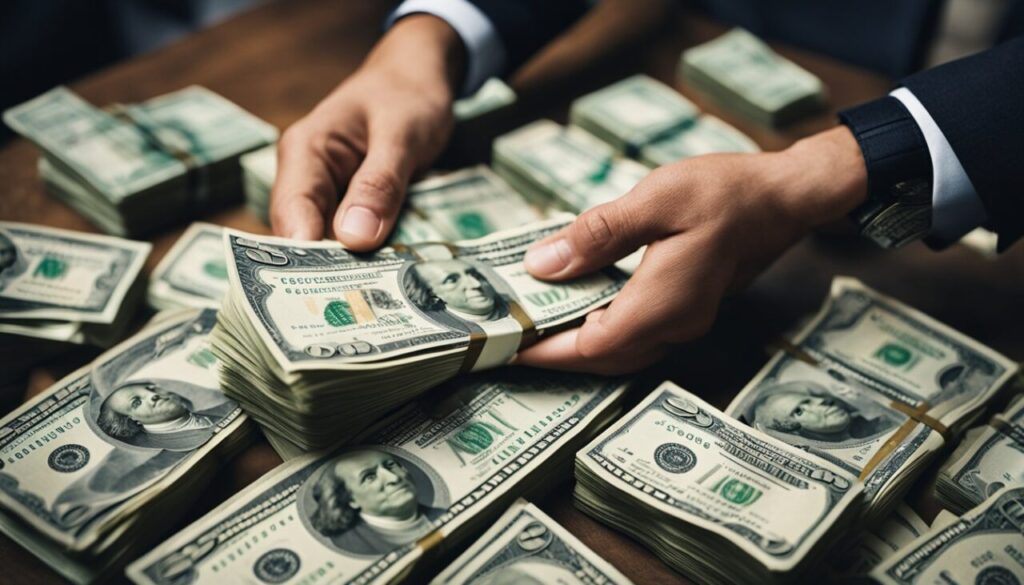
Nikola Tesla faced significant financial difficulties throughout his life. Despite his groundbreaking inventions, he really didn’t have a lot of money for most of his life.
Lost Fortunes
Tesla earned substantial amounts of money early in his career. For instance, he received $50,000 from George Westinghouse to develop AC power.
However, he lost most of his wealth due to failed business ventures and poor financial management. Tesla also turned down a $25,000 contract with Thomas Edison to prove the superiority of his AC system.
As Tesla’s inventions gained fame, he failed to secure consistent funding. Instead of focusing on profit, he prioritized his passion for technology.
This choice led to his financial ruin. By the end of his life he basically lived in near-poverty.
Wardenclyffe Tower Failure
The Wardenclyffe Tower project marked a turning point in Tesla’s financial history. He intended to create a wireless transmission system, which required large investments.
Tesla used his personal funds and support from investors like J.P. Morgan. However, the project’s high costs and limited returns led to mounting debts.
When investors lost interest, Tesla faced immense pressure. The tower was never completed, and Tesla struggled to pay off loans.
In 1917, he was forced to sell the tower’s equipment to cover debts, marking a major blow to his ambitions for wireless communication.
Scientific Challenges
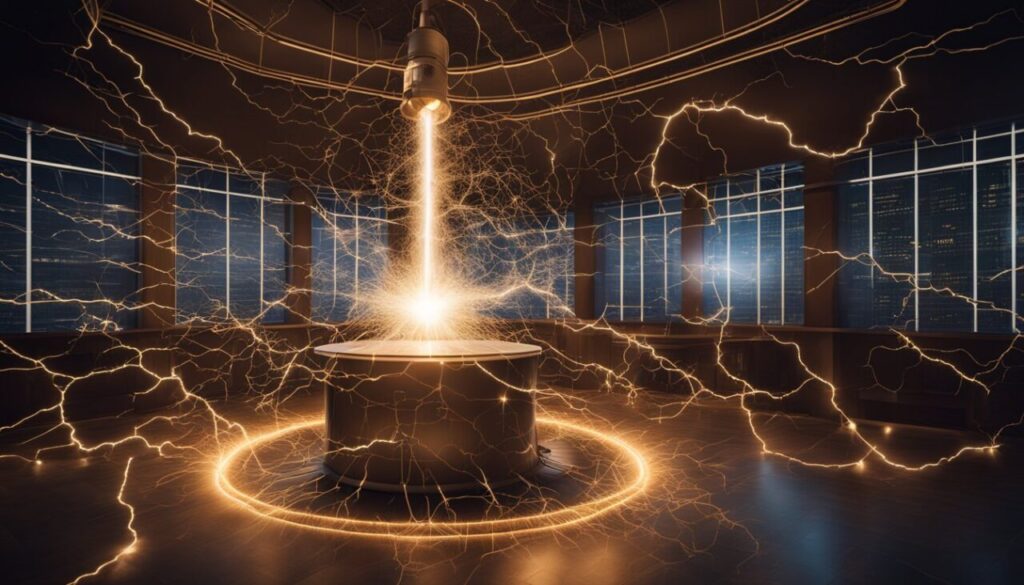
Nikola Tesla faced several scientific challenges during his career. His views often clashed with established theories, leading to arguments among scientists.
Tesla’s thoughts on modern physics, especially topics like relativity and quantum mechanics, highlighted his interesting and unique approach to understanding the universe.
Criticisms of Einstein’s Theories
Tesla openly criticized Albert Einstein’s theories of relativity. He believed that Einstein’s ideas were overly complicated and did not align with his own views on energy and the universe.
Tesla preferred a simpler approach to physics. He argued that relativity did not adequately explain the nature of light and electricity.
Instead, Tesla championed the concept of a stationary ether, which he thought would better explain electromagnetic phenomena.
His disapproval of relativity led to a divide between his work and mainstream physics at that time.
Interesting Fact: Tesla's ideas about the ether were popular in the late 19th century but largely fell out of favor after the development of modern physics.
Views on Quantum Physics
Tesla had strong opinions about quantum physics and the behavior of subatomic particles. He doubted the idea of uncertainty, which is central to quantum mechanics.
Instead, Tesla believed in a deterministic universe where everything could be understood through classical laws. His skepticism of quantum theories made him an outlier in the scientific community.
Tesla’s insistence on visible and measurable phenomena stood in big contrast to the abstract nature of quantum physics.
Tesla actually completely dismissed quantum physics and he called it a “voodoo” science.
Unrealized Projects
Tesla proposed many ambitious projects that never came to fruition. Some of these included ideas for wireless power transmission and harnessing energy from the Earth’s atmosphere.
His concept of a global wireless energy network was significantly ahead of its time. Furthermore, Tesla’s plans for a tower in Wardenclyffe, intended to broadcast electrical energy, ultimately failed due to a lack of funding.
Besides that, Tesla also conceptualized a form of aircraft powered by electromagnetism, which he believed could revolutionize air travel.
Unlike traditional airplanes, this craft would have no wings or propellers and would be capable of vertical takeoff and landing, but it never progressed beyond theoretical concepts.
Interesting, huh?
Myths vs. Reality

Tesla was a mysterious man and it’s no wonder that many myths surround Nikola his inventions and ideas. Some popular beliefs about him mix truth and fiction and he is often credited with creating devices that never existed.
Death Ray Invention
The concept of a “death ray” is often linked to Tesla. In the 1930s, he claimed to have developed a particle beam weapon that could destroy enemy aircraft.
Tesla’s idea was based on his understanding of electricity and energy. He called it “teleforce.” However, he never built a working model.
His vision inspired later technologies, but no official evidence shows the testing of such a device.
Interesting Fact: Tesla often spoke of using energy for peaceful purposes, focusing on improving life rather than destruction.
Earthquake Machine
Tesla also talked about an invention that could create vibrations similar to an earthquake. This device, sometimes called a “Tesla oscillator,” was meant to generate energy.
He claimed it could resonate with the Earth itself. In 1898, he demonstrated a small version of this device in his lab.
Reports from that time say it caused vibrations strong enough to rattle nearby buildings.
However, there is no proof that he intended to create earthquakes.
Time Travel Experiments
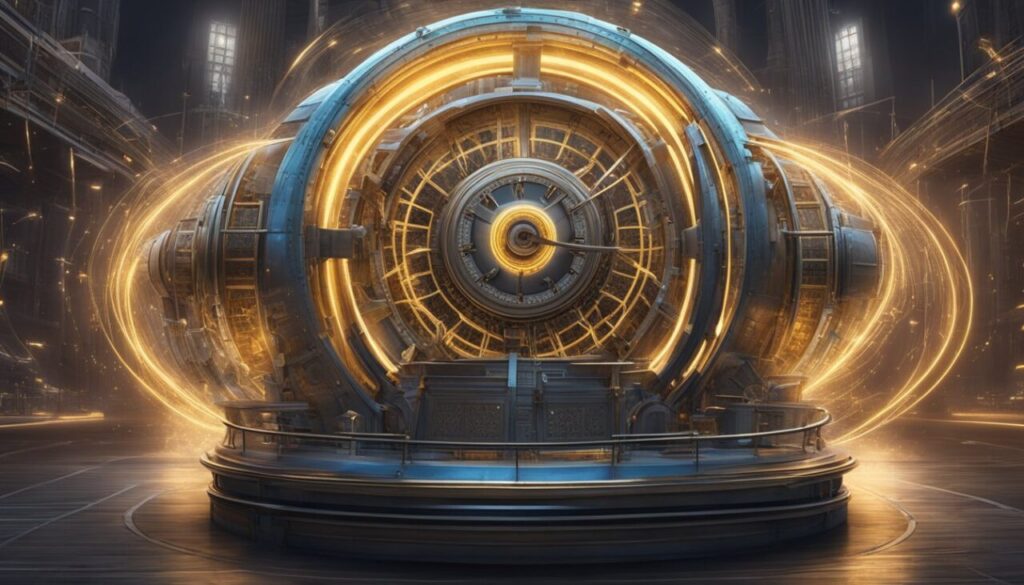
Many stories suggest that Tesla experimented with time travel. He often explored concepts related to electricity and energy fluctuations and some fans claim he had ideas about bending time.
And while Tesla certainly was a brilliant inventor, there is no direct evidence that he worked on time travel.
His writings do mention frequencies and vibrations, but not in the context of traveling through time.


